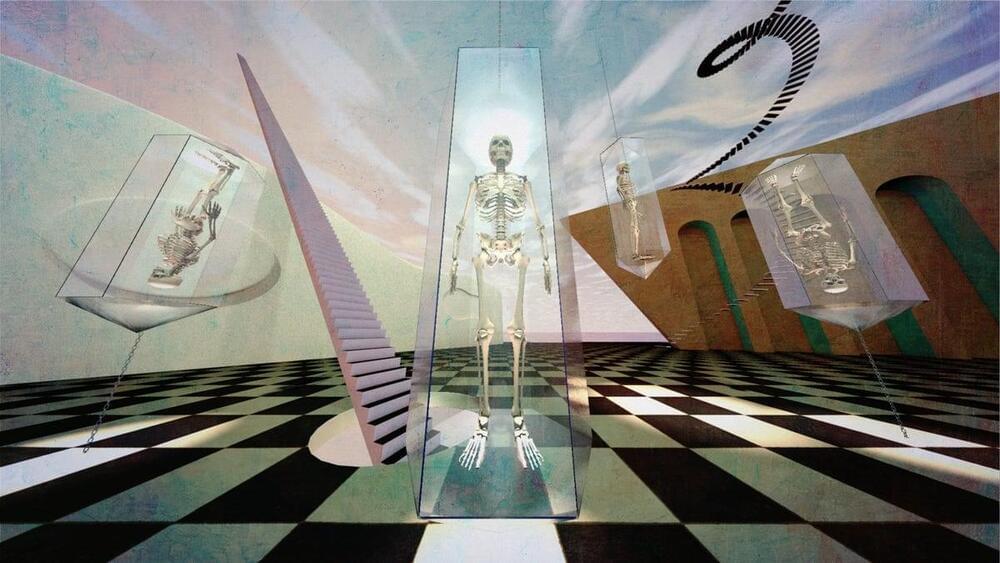Jun 18, 2022
NASA publishes the results of its intense killer asteroid dress rehearsal
Posted by Atanas Atanasov in categories: asteroid/comet impacts, existential risks, health
Monitoring PHAs is a huge responsibility that requires a worldwide effort, including tracking, alerts, and disaster preparedness. Last year, over 100 participants from 18 countries (including NASA scientists and the NEOWISE mission) conducted an international exercise that simulated an encounter with an asteroid that made a close flyby to Earth. As NASA revealed in a recently-released study, the exercise was a complete success. The lessons learned could help avert real impacts in the near future or significantly limit the devastation one could cause.
The study, which appeared in the May 31 issue of The Planetary Science Journal (titled “Apophis Planetary Defense Campaign”), was conducted by the Planetary Defense Exercise Working Group and led by Vishnu Reddy — an Associate Professor at the University of Arizona’s Lunar and Planetary Laboratory (LPI). The working group is made up of more than 100 participants from 18 countries and includes facilities like NASA’s Planetary Defense Coordination Office (PDCO), the ESA NEO Coordination Centre, the Russian Academy of Sciences, the Korea Astronomy and Space Science Institute (KASI), and many universities and research institutes worldwide.
As Reddy and his colleagues describe in the paper, the planetary defense exercise was the culmination of work that began in 2017, which was designed to test the operational readiness of our global planetary defense capabilities. The exercise was carried out with the support of NASA’s PDCO, the Minor Planet Center (MPC) — the internationally-recognized authority for monitoring the position and motion of small celestial bodies — and the International Asteroid Warning Network (IAWN). The exercise was named the Apophis Campaign since it coincided with the close approach of the NEO (99942) Apophis, which flew past Earth from December 2020 to March 2021.


















